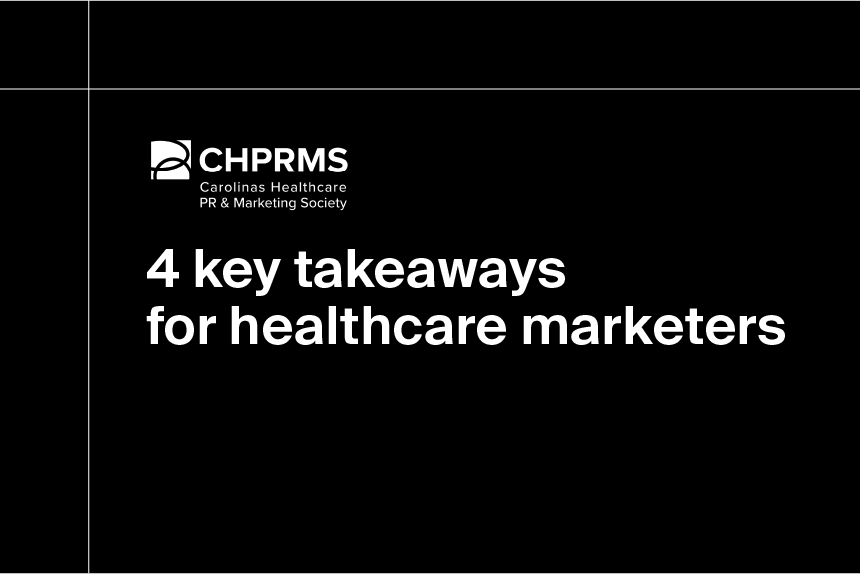On March 12, the Centers for Medicare & Medicaid Services (CMS) Innovation Center announced that it was changing its payment model portfolio.
The CMS Innovation Center is downscaling several of its experimental alternative payment models (APMs), ending four models early and cancelling two more unimplemented programs altogether. CMS says the change is intended “to empower Americans to live healthier lives while protecting taxpayers.”
In May 2025, CMS updated the Innovation Center’s Strategic Direction page to further explain that these and other changes are part of a realignment around its three new strategic pillars:
- Promote evidence-based prevention
- Empower people to achieve their health goals
- Drive choice and competition for people
However, CMS hasn’t yet shared many specifics about how terminating the selected models accomplishes these goals. While the Innovation Center’s initial fact sheet suggests that cutting its portfolio would save an estimated $750 million, there’s not been any disclosure so far of projected or actual savings figures for the individual models. Interestingly, one of the terminated APMs had already produced $689 million in savings for Medicare in the first three years of its implementation.
The Innovation Center says participating providers will be advised on timelines, technical assistance, and payment alternatives ahead of the programs’ ends. As of today, some important questions remain: How might those providers recoup lost investments in staff and technology required to implement the APMs? Should providers who elect to transition to another APM plan for early termination—or simply avoid APM adoption altogether? And how might these changes impact value-based care in the U.S.?
To better assess the potential impact of APM downscaling on providers, patients, and the healthcare system overall, let’s first look at the models that are being eliminated.
Which CMS Innovation Center models are being cut?
In accordance with its new strategic direction, the CMS Innovation Center is set to end four of its experimental APMs by the end of 2025:
Maryland Total Cost of Care (planned for 2019-2026)
The Maryland Total Cost of Care (MTCC) model set a per capita limit on Medicare pricing and made the state government fully accountable for the cost and quality of all care provided to Medicare patients. In its first three years, the model reportedly saved Medicare $689 million, reduced hospital admissions, and improved quality measures.
Primary Care First (planned for 2021-2026)
The Primary Care First (PCF) model launched in 2021 to support the delivery of advanced primary care by prioritizing clinician-patient relationships and aligning financial incentives with improved health outcomes. Unlike the MTCC model, PCF failed to reduce hospitalizations and actually increased Medicare expenditure by 1.3%. However, CMS stated in its third-year report that it “did not expect to see detectable reductions in Medicare expenditures until year four.” Year four results have not been published.
End-stage Renal Disease (ESRD) Treatment Choices (planned for 2021-2027)
The ESRD Treatment Choices model aimed to improve education and access to treatment options like at-home dialysis and kidney transplant. Through these benefits, the model would theoretically enhance the quality of life and independence of patients with ESRD. In a final results report issued in 2024, CMS said the first three years of the model saw no significant differences in at-home dialysis utilization or Medicare spending, but noted that it was still too early to draw conclusions about the model’s long-term impact.
Making Care Primary (planned for 2024-2034)
The Making Care Primary model provided primary care clinicians with resources and data to help coordinate care with specialists and better support their patients’ health goals. The model included enhanced payments for primary care that would reduce providers’ reliance on fee-for-service revenue streams and better connect patients with community services. With the model’s early termination announced less than a year after its planned 10-year implementation, no results have been formally released.
The CMS Innovation Center is also cancelling two previously announced models that had not yet been implemented—the Medicare $2 Drug List and Accelerating Clinical Evidence—and says it is considering options to downsize the Integrated Care for Kids model.
How could stakeholders be affected?
CMS’ announcement of the models’ early termination gave providers, patients, and other stakeholders not quite a year to prepare for and navigate the impending downscaling. The scale and intensity of the impact will vary depending on the stakeholder’s unique circumstances, but at a high level, the following changes look to be at play:
Disruptions in operations and continuity of care
Some patients—especially those in Primary Care First or Making Care Primary models—may face disruptions as their providers transition back to fee-for-service or other APMs. Certain treatments and services may no longer be offered through care pathways patients are accustomed to, or may be cost-prohibitive as the burden of payment shifts. Providers will likely need to partner with CMS to communicate details around shifting services and coverage.
Practices and networks that built care pathways around the cancelled APMs will need to rethink administrative systems, billing engines, information technology infrastructure, and staffing as early as possible to reduce operational hiccups. Some value-focused roles like care navigators and health coaches—as well as clinicians heavily involved in home dialysis or organ transplantation—may be reduced or eliminated.
Some of these changes could represent major new investments or unexpected shortfalls in ROI. Independent primary care groups that had previously adopted risk-based contracts under an APM may be driven to join accountable care organizations or the Medicare Shared Savings Program (MSSP) to maintain access to value-based frameworks with minimal disruption to operations and revenue streams.
Mixed financial outcomes
Rapid realignment around new revenue streams could cost providers in the short term. New workflows, technologies, and staff will take time and money to implement.
Additionally, organizations relying on capitated or performance-based payments under the cancelled APMs will likely face reduced revenue predictability as certain bonus payouts no longer exist.
However, the current CMS administration has signaled an increased focus on its permanent payment models, like the MSSP. This could give providers renewed confidence in the 13-year-old program, leading to greater voluntary participation and greater long-term cost savings for providers and governmental payors alike.
If CMS is able to reclaim the $750 million it anticipates saving, re-investment in other value-based initiatives could create new opportunities for providers to diversify their revenue streams.
On the other hand, many providers will have participated in dozens of experimental CMS models over the last decade. Continued changes made midway through these models’ intended lifespan could impact trust in APMs overall and result in hesitancy around participation and investment in value-based programs.
Broader market recalibration
As providers reimagine their service offerings to adapt to the shifting regulatory environment, life sciences organizations and others across the healthcare landscape are likely to make moves to adjust, too.
The elimination of two models tied to drug cost reduction—$2 Drug List and Accelerating Clinical Evidence—could reduce regulatory uncertainty among some pharma developers that were concerned the models would continue to drive patients toward brand-name drugs and away from most cost-effective generics.
But with fewer incentives for improved care quality and cost-efficiency, developers of adherence solutions, remote patient monitoring systems, and certain chronic disease management platforms could find themselves facing less provider demand and temporarily decreased revenue.
Be prepared for evolving models, priorities, and incentives
While the Trump administration’s CMS has been slow to disclose the details of its strategy, it has broadly signaled continuing support for value-based priorities like cost reduction, preventive care, and healthcare quality improvement.
Organizations operating in healthcare during times of change can gain clarity into their markets, consumer bases, and competitors with real-world data and analytics from Definitive Healthcare.
With products like Market Intelligence and Market Forecast, our data delivers an unmatched view of the healthcare landscape as it stands today, as well as how certain populations, diagnoses, and procedure trends could evolve in the future.
Sign up for a free trial today, and be prepared for whatever comes next.




